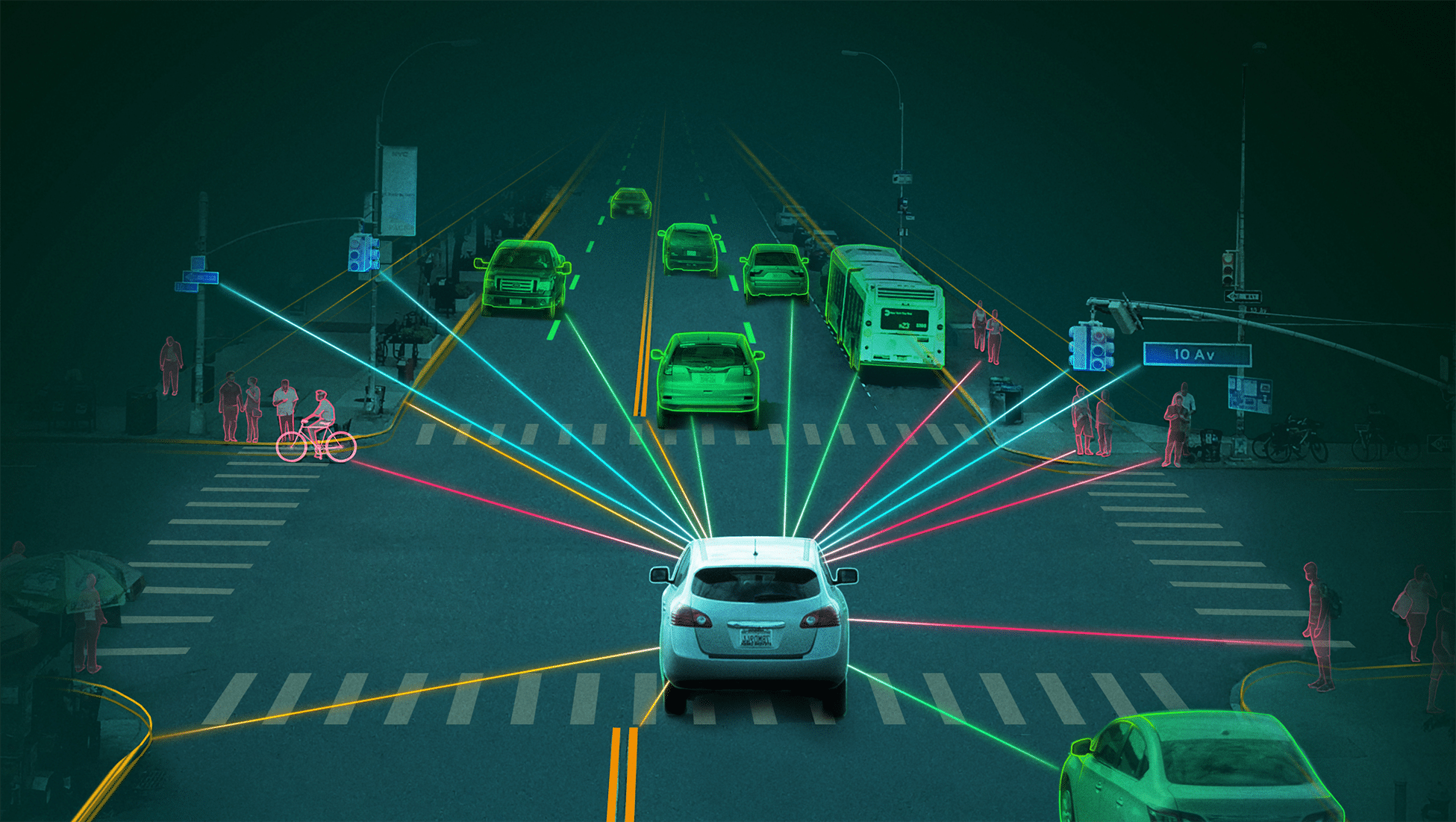Introduction
In the realm of artificial intelligence, Generative Adversarial Networks (GANs) stand out as revolutionary tools that transcend traditional boundaries. GANs, introduced by Ian Goodfellow and his colleagues in 2014, have made significant strides in various fields, including art and music creation. In this blog, we’ll delve into the fascinating world of GANs and explore how they are shaping the creative landscape.
Understanding GANs
1. The GAN Framework:
GANs consist of two neural networks – a generator and a discriminator – engaged in a continuous dance of creation and critique. The generator strives to produce content, be it images, music, or text, while the discriminator evaluates its authenticity.
2. Adversarial Training:
Through adversarial training, GANs learn to refine their creations iteratively. The generator aims to generate content that is indistinguishable from real examples, while the discriminator evolves to become more adept at distinguishing between real and generated content.
3. Diverse Applications:
GANs are versatile and find applications beyond image generation. They are employed in various domains, including art, music composition, text generation, and even video game design.
GANs in Art Creation
1. Visual Arts:
GANs have demonstrated remarkable capabilities in generating realistic and imaginative visual art. Artists and researchers collaborate with GANs to create paintings, illustrations, and digital art that challenge conventional notions of creativity.
2. Style Transfer:
GANs excel in style transfer, enabling the transformation of artworks into different styles. This fusion of artistic elements allows for the creation of unique and mesmerizing pieces.
GANs in Music Composition
1. Melody Generation:
GANs are employed in music composition to generate novel melodies, harmonies, and compositions. The interplay between the generator and discriminator results in the creation of music that can be evocative and innovative.
2. Genre Blending:
GANs facilitate the blending of musical genres, pushing the boundaries of traditional music categorizations. This fusion of styles opens new avenues for musical exploration.
Ethical Considerations
1. Copyright and Attribution:
The use of GANs in creative endeavors raises questions about copyright and attribution. As AI-generated content becomes more prevalent, defining ownership and giving credit to creators become critical ethical considerations.
2. Bias and Representation:
GANs are trained on existing datasets, which may contain biases. This raises concerns about perpetuating stereotypes and reinforcing existing inequalities in the generated content.
The Future of Creativity with GANs
1. Collaboration Between AI and Artists:
The collaboration between AI systems like GANs and human artists holds immense potential. By merging the capabilities of AI with human creativity, groundbreaking works that transcend individual capacities can emerge.
2. Continuous Innovation:
As GANs continue to evolve, the boundaries of what can be created will expand. The dynamic interplay between AI systems and human ingenuity will foster continuous innovation in the realms of art, music, and beyond.
In conclusion, Generative Adversarial Networks are pushing the boundaries of creativity in unprecedented ways. From visual arts to music composition, the impact of GANs is reshaping how we perceive and engage with creative expression. As we navigate this transformative era, it is crucial to address ethical considerations and ensure that the collaboration between AI and human creators leads to a richer and more inclusive creative landscape. The future promises a harmonious blend of artificial and human creativity, with GANs playing a pivotal role in shaping the artistic endeavors of tomorrow.
For more update stay with boardofjobs.com


